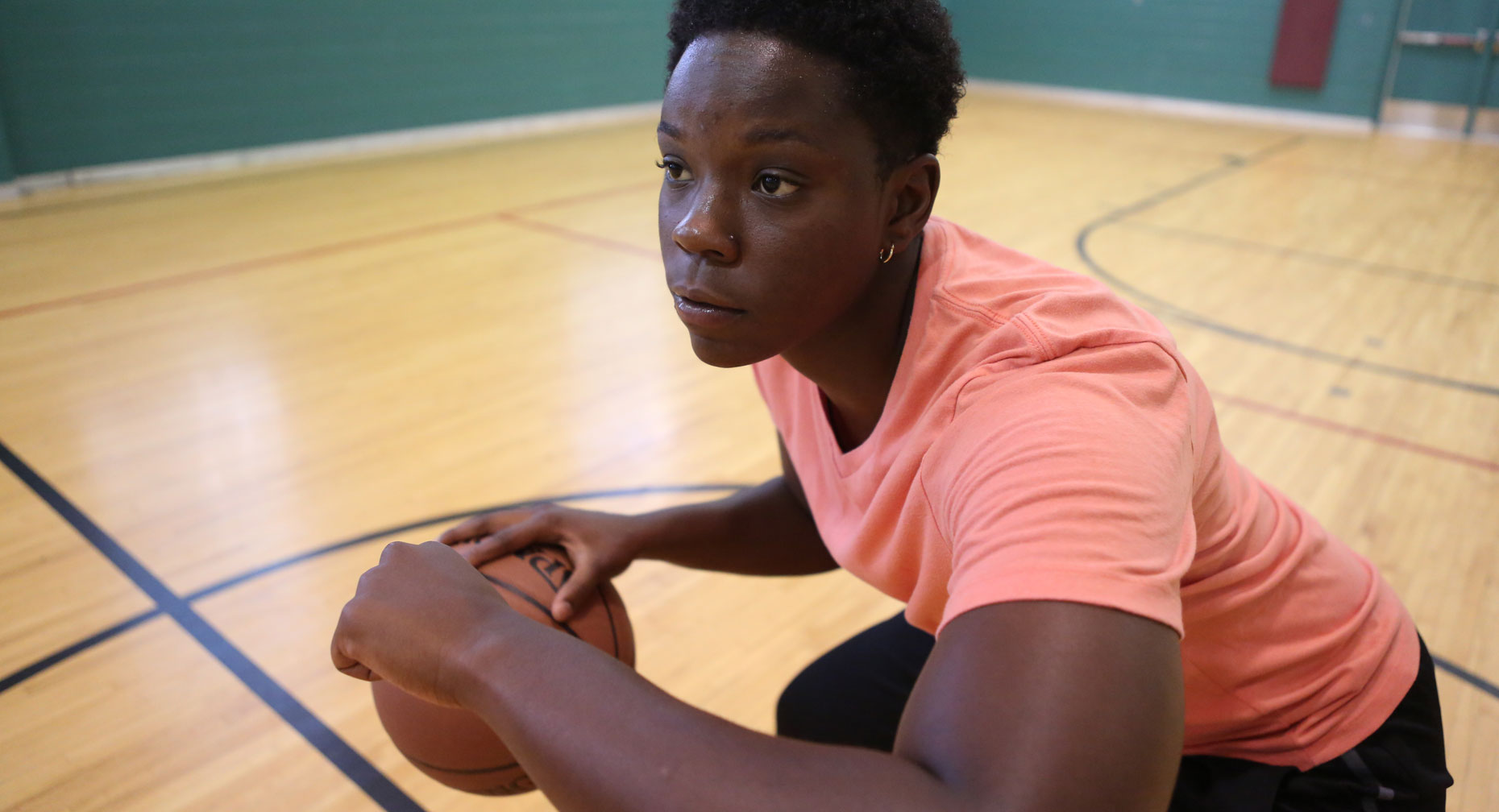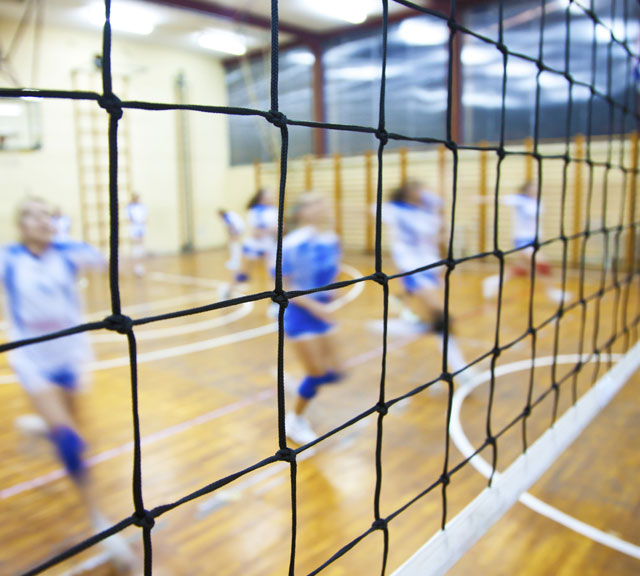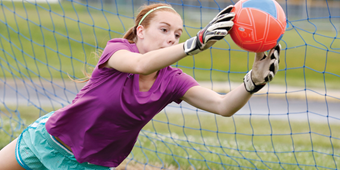Can You See It? Visualization in Sports

Find Your Perfect Match
Answer a few questions and we'll provide you with a list of primary care providers that best fit your needs.
Can you see yourself hitting that perfect tee shot? Rocketing your tennis serve past your opponent? Whacking the softball over the fence for a grand slam? Can you feel the adrenaline rush and hear the crowd's ecstatic reaction to your athletic prowess?
If your imagination works this well, if you can summon clear, detailed visions of executing the skills and strategic moves you’ve practiced for your sport, you can improve your performance, sharpen your skills, hone your competitive edge and step up your game.
This form of mental exercise – playing out your athletic performance in your mind – is called visualization (also known as mental rehearsal or imagery training). Researchers and a host of professional and amateur athletes confirm that visualization can score real-world results.
The Power of Imagination
Visualization can be thought of as "programming" your central nervous system. When you imagine yourself going through the motions of a sport-related situation – say, dribbling past defenders for a layup – mental imagery strengthens neural pathways. Specifically, the brain’s nerve connections associated with the movements you're imagining.
As you mentally rehearse, your muscles "fire" in the same sequence they would when you’re physically going through the exercise. This "armchair practice" can positively affect your on-court performance. So, when the time comes for action, the "program" you've been mentally rehearsing kicks in.
“Visualization is a key aspect to succeed in life,” says Luke Polley, MSAT, ATC, CSCS, athletic trainer at the Sport and Human Performance Program at Miami Valley Hospital South. “Your chances of completing a task successfully improve drastically if you can imagine yourself completing the task successfully. This gets you in the correct mindset and raises confidence levels.
“I have worked with many high-level athletes over the past three years, and all of them had similar characteristics when it comes to success in their sport: train hard, visualize success, and success most likely follows,” Polley explains.
Researchers and a host of professional and amateur athletes confirm that visualization can score real-world results.
How to Visualize Like a Pro

Are you convinced? At least intrigued enough to give visualization a try? Here are a few tips to get you started:
- Relax quietly and take a few deep breaths before you start
- Make your mental imagery as detailed and vivid as possible. Picture yourself performing your sport in specific competitive situations and in real-world places.
- Draw in as many sensory details as you can. Feel the soft leather of the fielder's glove and the heft of the baseball in your hand. If tennis is your game, see the bright sky and feel the sun's warmth on your skin. Add color, sound, smell and other details – maybe an enthusiastic crowd. These added details help to intensify the emotion and keep you focused.
- Keep your attitude positive. You're the hero of your visualized scenario!
If you find your first visualization efforts tiring, start with short sessions and gradually build them to 10 to 15 minutes a day. Stick with it. Just as with real-world athletic practice, the more you visualize, the better you'll get. Come game day, you'll be thankful for the time you've spent on mental rehearsal. So will your teammates!
Find Your Perfect Match
Answer a few questions and we'll provide you with a list of primary care providers that best fit your needs.
Source: The Association for Applied Sports Psychology; National Federation of Professional Trainers; Luke Polley, MSAT, ATC, CSCS, Sport and Human Performance Program, Miami Valley Hospital South




